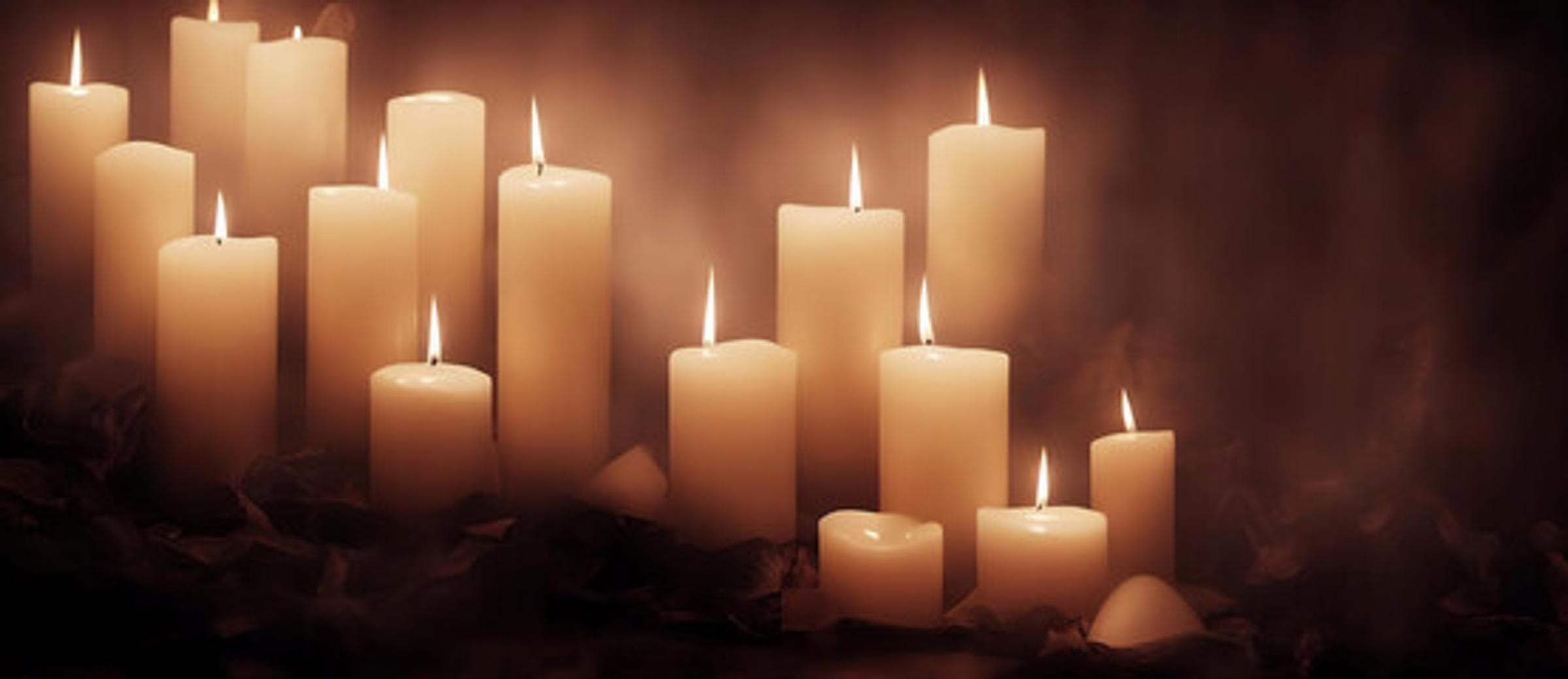Religious Education News

The History of All Saints Day
All Saints’ Day commemorates all the saints in heaven. The feast dates back to the early Church, when communities would gather and celebrate the anniversary of a martyr’s death. When martyrdoms increased during the persecutions of the late Roman Empire, local dioceses instituted a common feast day in order to ensure that all martyrs, known and unknown, were properly honored.
In the early centuries, this feast was celebrated in the Easter season tying the celebration of the lives of the saints in with Christ's Resurrection.
Why November 1?
The current date of 1 November was instituted by Pope Gregory III (731-741), when he consecrated a chapel to all the martyrs in Saint Peter's Basilica in Rome. Gregory ordered his priests to celebrate the Feast of All Saints annually.
Halloween, All Saints Day, and All Souls Day
In English, the traditional name for All Saints Day was All Hallows Day. (A hallow was a saint or holy person.) The vigil or eve of the feast, October 31, is still commonly known as All Hallows Eve, or Halloween.
All Souls’ Day follows All Saints Day on 2 November and is also known as the Commemoration of All the Faithful Departed and the Day of the Dead. It is a day of prayer and remembrance for the souls of those who have died. Many people also visit and sometimes decorate the graves of deceased loved ones on All Souls' Day and throughout the month of November.
While some children may be excited to go trick or treating and celebrate Halloween, it is important to know where these practises originated and their true meaning.
Religious Education Leader
Vicky Pejic
